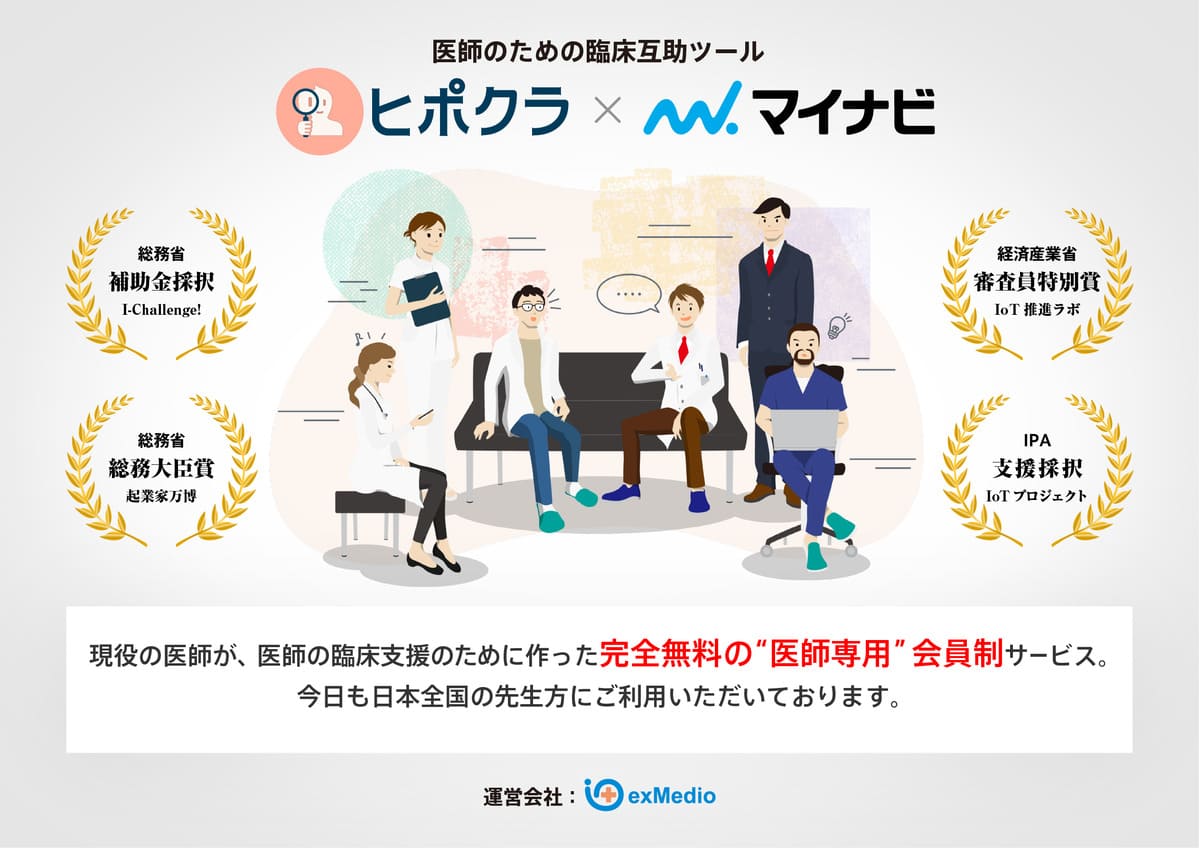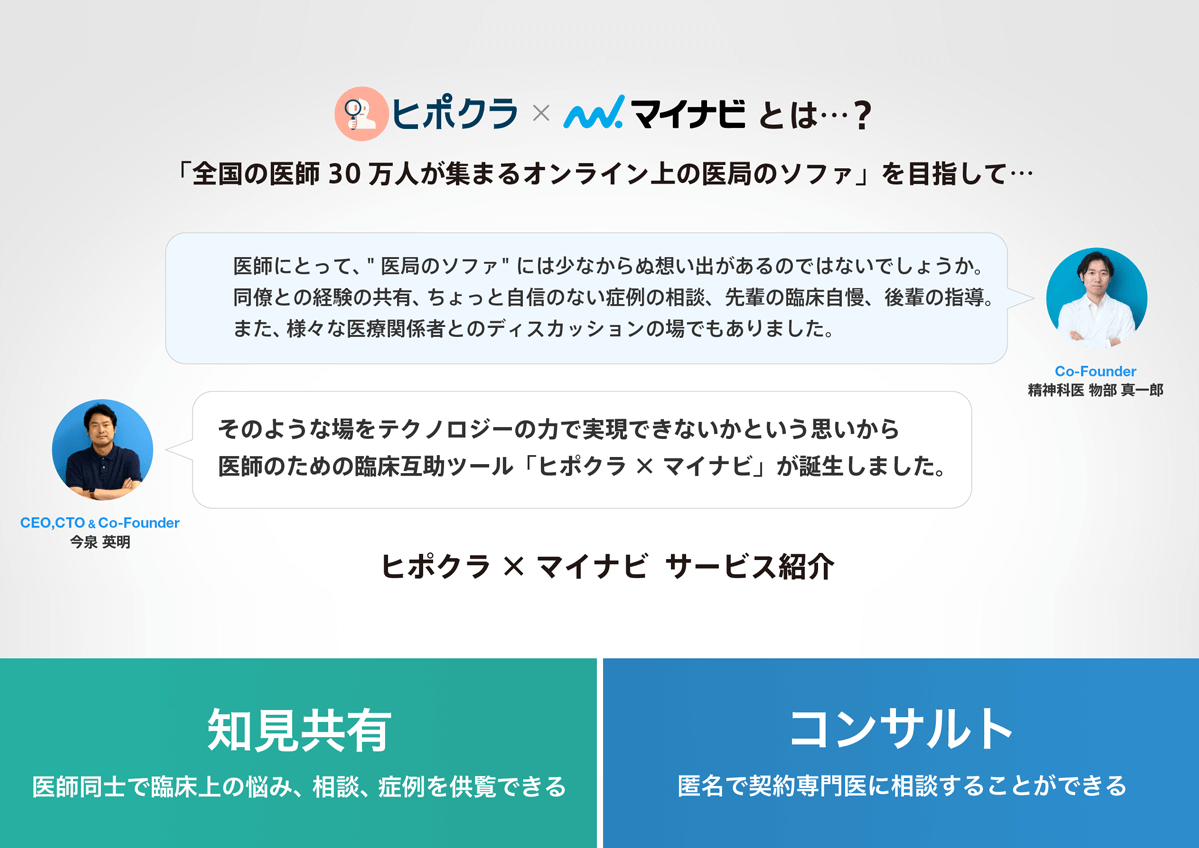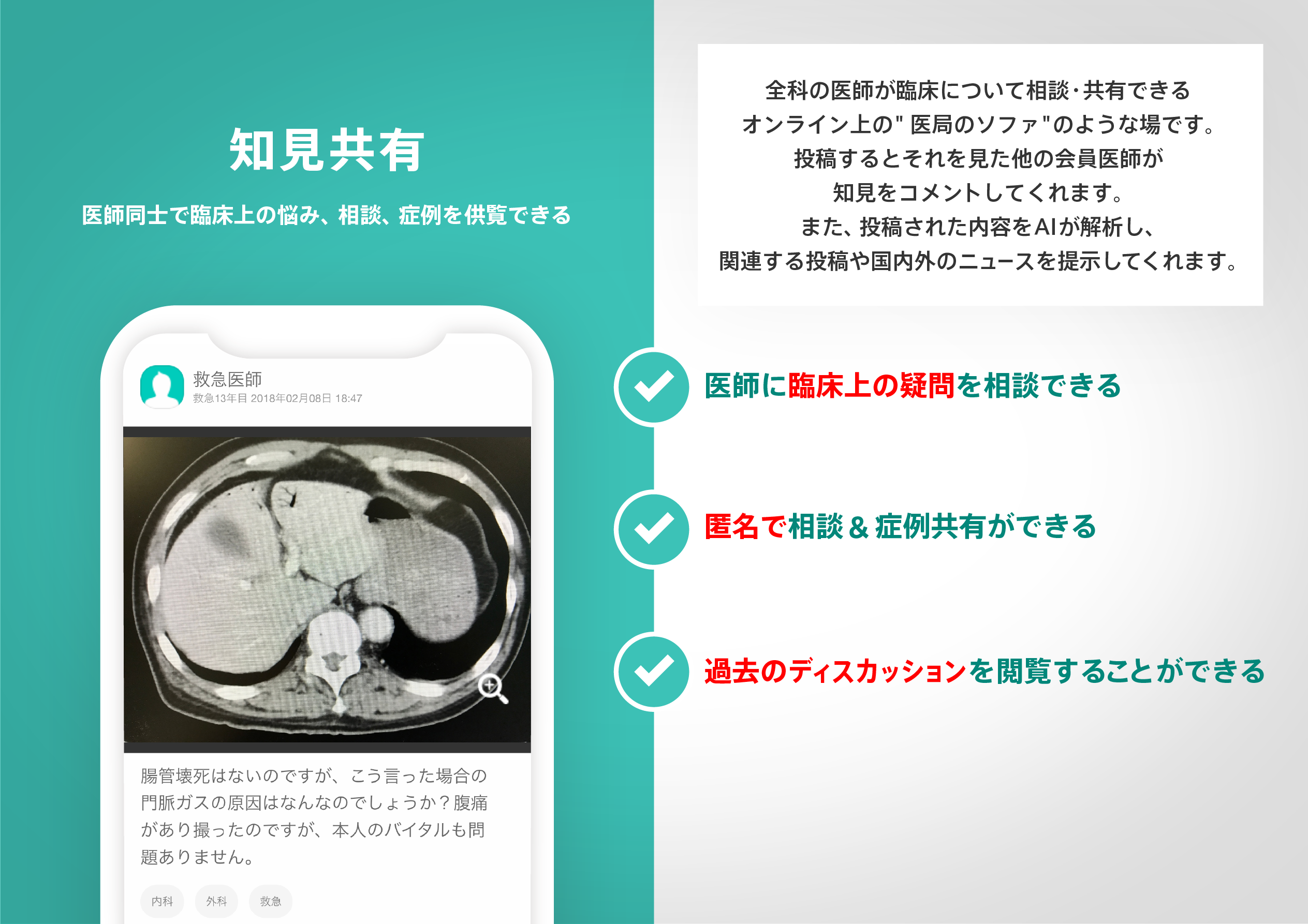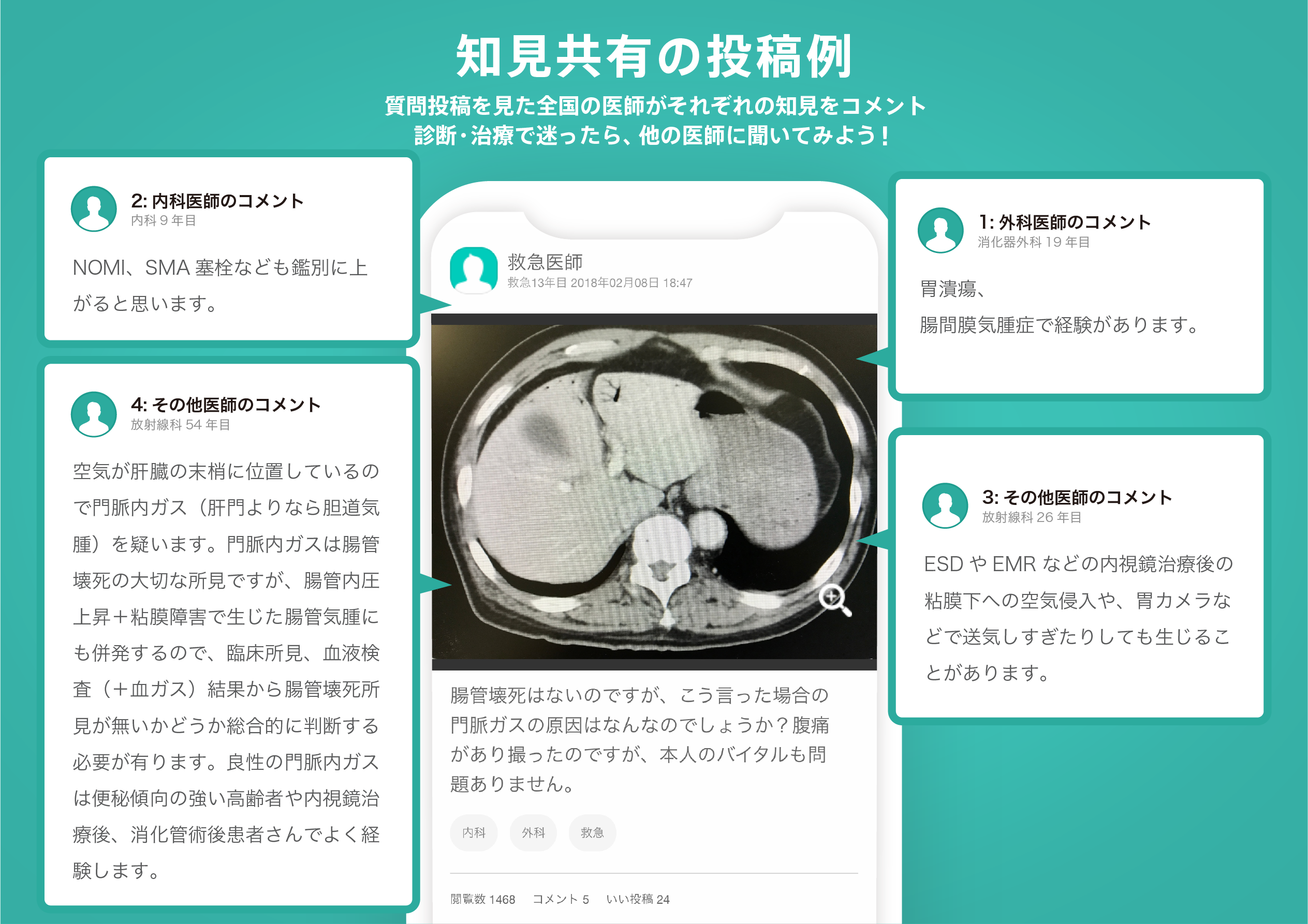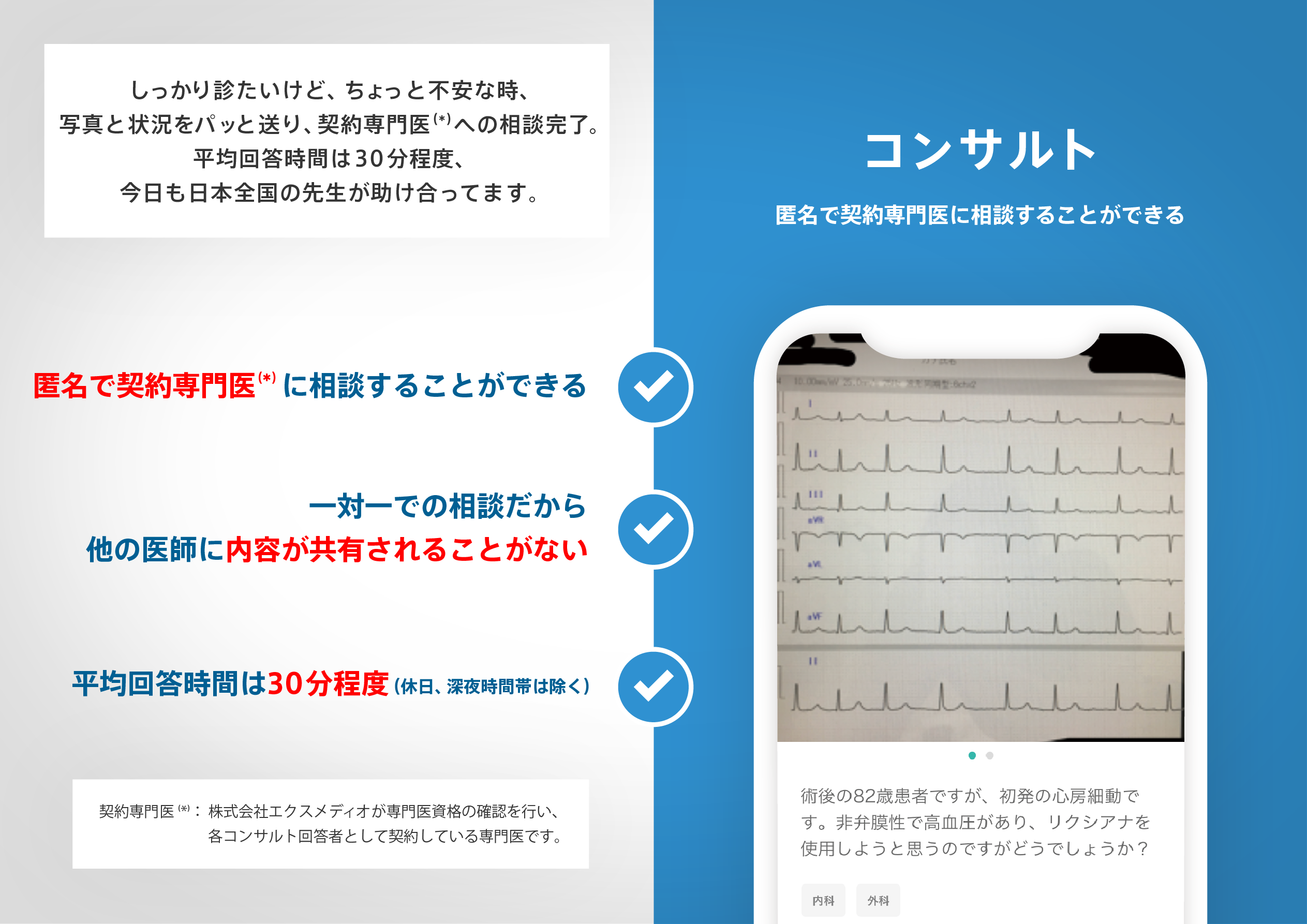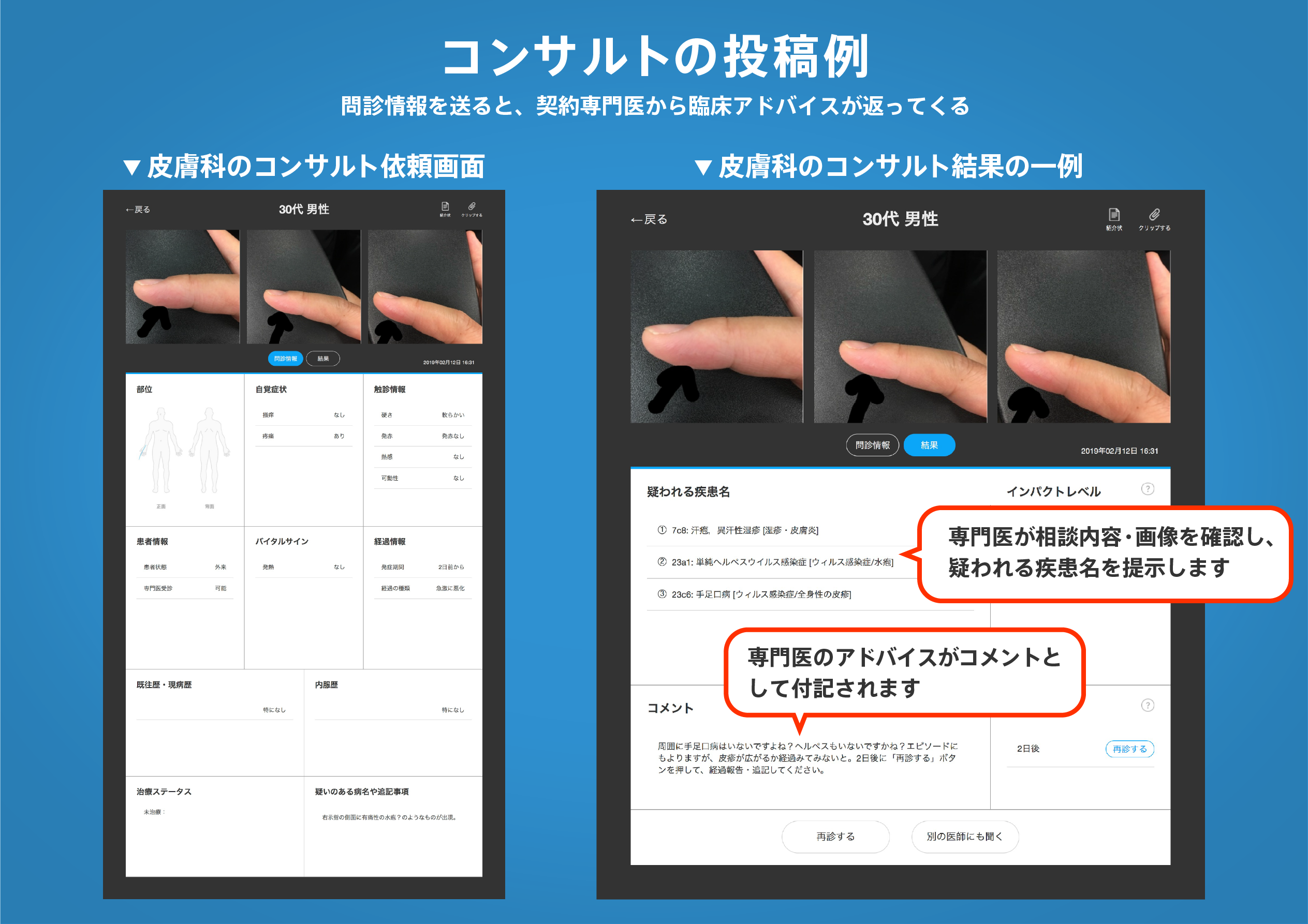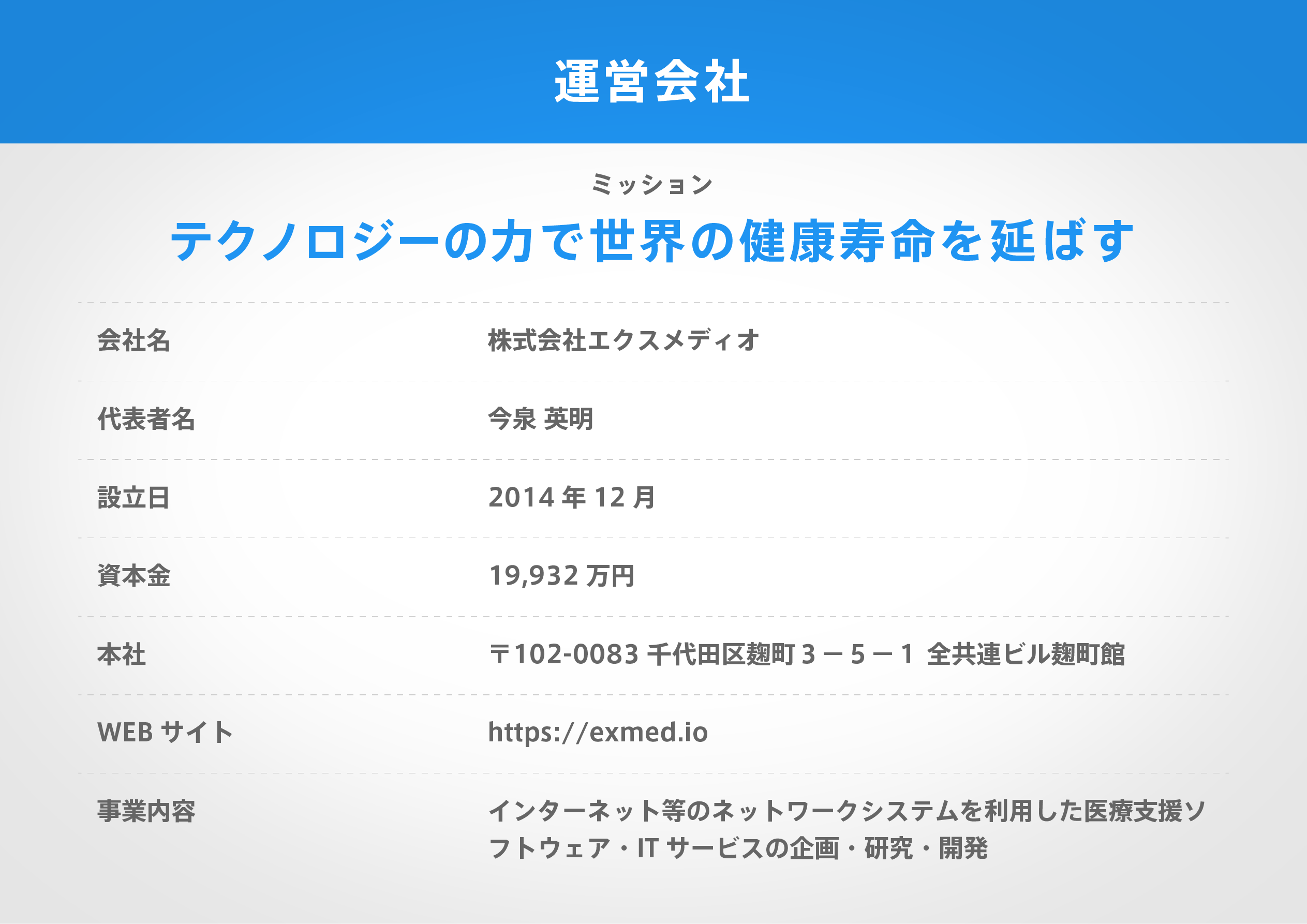著名医師による解説が無料で読めます
すると翻訳の精度が向上します
食事行動の変化は、低所得の若者人口で正確に測定することが困難です。自己報告に頼らずに果物や野菜の消費を測定するための客観的なツールは、回答者の負担とバイアスを少なくしてこれを行う機会を提示します。プロキシを介して果物と野菜の消費を定量化するための有望なツールは、The VeggieMeter®と呼ばれるデバイスを介した反射分光法によって測定される皮膚カロテノイドです。VeggieMeter®が低所得の学校環境での果物と野菜の消費の代理として皮膚カロテノイドの変化を検出できるかどうかを評価するために、皮膚カロテノイドの測定は、学生レベルの人口統計、人体測定測定、3つの時点で収集されました。と栄養知識。この研究の二次的な目標は、研究者の観察に基づいて使用するプロトコルを改良することでした。多重比較のためのボンフェローニ補正との分散分析の分析は、研究の過程でVMスコアに有意差があったことを示しています(F(2、68)= 6.63、p = 0.002)。2018年から2019年春(P = 0.005)。この増加は、2019年秋に測定された夏の数ヶ月にわたって維持されました。プロトコルの変更には、ハンドクリーニングステップの追加と、データ収集のために非支配的な薬指を使用することが含まれていました。これらの改良により、結果は、VeggieMeter®が、伝統的に評価が困難な人口で果物と野菜の消費を測定するための非侵襲的ツールとして使用できることを示しています。
食事行動の変化は、低所得の若者人口で正確に測定することが困難です。自己報告に頼らずに果物や野菜の消費を測定するための客観的なツールは、回答者の負担とバイアスを少なくしてこれを行う機会を提示します。プロキシを介して果物と野菜の消費を定量化するための有望なツールは、The VeggieMeter®と呼ばれるデバイスを介した反射分光法によって測定される皮膚カロテノイドです。VeggieMeter®が低所得の学校環境での果物と野菜の消費の代理として皮膚カロテノイドの変化を検出できるかどうかを評価するために、皮膚カロテノイドの測定は、学生レベルの人口統計、人体測定測定、3つの時点で収集されました。と栄養知識。この研究の二次的な目標は、研究者の観察に基づいて使用するプロトコルを改良することでした。多重比較のためのボンフェローニ補正との分散分析の分析は、研究の過程でVMスコアに有意差があったことを示しています(F(2、68)= 6.63、p = 0.002)。2018年から2019年春(P = 0.005)。この増加は、2019年秋に測定された夏の数ヶ月にわたって維持されました。プロトコルの変更には、ハンドクリーニングステップの追加と、データ収集のために非支配的な薬指を使用することが含まれていました。これらの改良により、結果は、VeggieMeter®が、伝統的に評価が困難な人口で果物と野菜の消費を測定するための非侵襲的ツールとして使用できることを示しています。
Dietary behavior change is difficult to accurately measure in a low-income youth population. Objective tools to measure fruit and vegetable consumption without relying on self-report present the opportunity to do this with less respondent burden and bias. A promising tool for quantifying fruit and vegetable consumption via proxy is skin carotenoids as measured by reflection spectroscopy through a device called the Veggie Meter®. To assess whether the Veggie Meter® is able to detect changes in skin carotenoids as a proxy for fruit and vegetable consumption in a low-income school setting, skin carotenoid measurements were collected at three time points, along with student level demographics, anthropometric measurements, and nutrition knowledge. A secondary goal of this study was to refine the protocol to be used based on researcher observations. Repeated measures analysis of variance with Bonferroni correction for multiple comparisons indicate that there was a significant difference in VM scores over the course of the study (F(2, 68) = 6.63, p = 0.002), with an increase in skin carotenoids from Fall 2018 to Spring 2019 (p = 0.005). This increase was sustained over the summer months when measured in Fall 2019. Changes to the protocol included the addition of a hand cleaning step and using the non-dominant ring finger for data collection. With these refinements, the results demonstrate that the Veggie Meter® is usable as a non-invasive tool for measuring fruit and vegetable consumption in a population that is traditionally difficult to assess.
医師のための臨床サポートサービス
ヒポクラ x マイナビのご紹介
無料会員登録していただくと、さらに便利で効率的な検索が可能になります。
